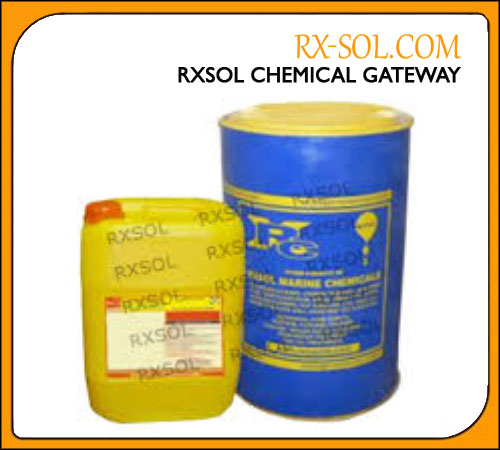prod_useful_area:
Why Does Silica Sand Make a Great Pool Filter?
Silica sand is made up of the mineral quartz (SiO2) and is
Affordable, effective and easy to maintain (even for large pools)
Eco-friendly, chemical-free, and naturally derived
Naturally odorless and stain-free
However, it’s important to select quality silica sand that is properly washed and graded for pool filtration. Industry best practice is to use #20 Silica Sand which is greater than 95% silica and guarantees an effective grain size of 0.45 to 0.55 millimetres, trapping particles with diameters between 20 and 80 microns (the human eye can see down to 50 or 60 microns). This gradation ensures that when water is pulled into the filter via a pool pump, contaminants like dirt, oil and debris will get trapped in minute spaces between sand grains. Only clean water flows back to the pool.
The wrong type of sand can destroy filtration systems. Regular/brown sands contain impurities (greater than 5% non-silica minerals) that could contaminate your pool water. Additionally, the wrong gradation (too fine, too coarse, or too uniform) will not effectively trap debris and will end up in your pool.
Proper maintenance is important to optimize the life of filtration media and ensure crystal clear pool water. Backwashing your pool filter system at least once a month, and any time the PSI increases to >8-10 lbs over normal baseline, will help extend the life of your filtration sand by preventing contaminant buildup. Regardless, it is recommended to completely replace your filtration sand every 3 to 5 years, as water and contaminants eventually wear down the size and roughness of the sand surface, causing channelling.
How do you know when it is time to change your filtration sand?
Backwash cycles are getting shorter, or are no longer effective
Cloudy water
Sand in the pool
Check out the calcium hardness and pH balance of your water.
